The Role of Tea in Traditional Asian Medicine
Ah, tea. That magical potion brewed from leaves that has been the backbone of hydration, relaxation, and awkward small talk for centuries. While the Western world often treats tea as a second-string beverage (let’s be honest, coffee hogs the spotlight), in Asia, tea is practically a celebrity. And not just any celebrityit’s the wise old sage who moonlights as a doctor, therapist, and occasional life coach. In traditional Asian medicine, tea isn’t just a drink; it’s a lifestyle, a philosophy, and sometimes even a cure-all. So, grab your favorite mug and let’s steep ourselves in the hilariously fascinating world of medicinal tea.
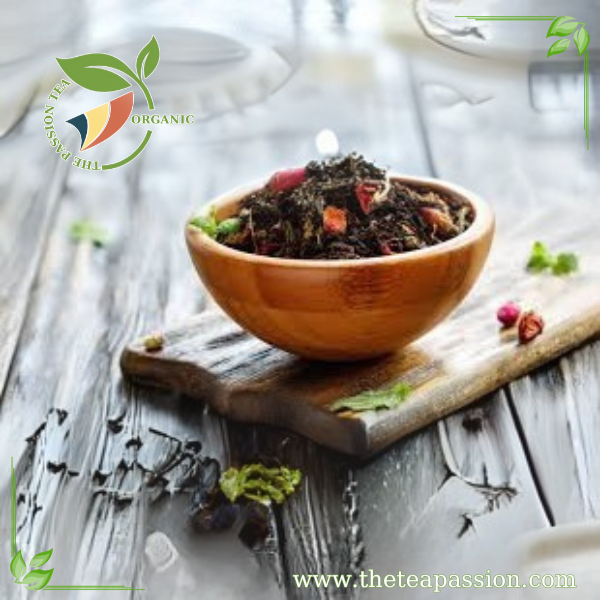
Tea: The OG Wellness Guru
Before kombucha started hanging out at hipster cafes and matcha became the darling of Instagram influencers, tea was already out there curing ailments and making people feel fancy. The origins of tea date back thousands of years in Asia, where it was discovered by accidentbecause apparently, all great things happen when someone isn’t paying attention. Legend has it that Emperor Shen Nong of China was boiling water when some random leaves decided to crash the party. Instead of shooing them away, he took a sip and thought, “Wow, this tastes like wisdom.” Thus, tea was born.
But Shen Nong didn’t stop at sipping; he believed tea had medicinal properties and could detoxify the body. Fast forward a few millennia, and you’ve got entire systems of traditional medicinelike Traditional Chinese Medicine (TCM) and Ayurvedausing tea as their MVP. In these practices, tea isn’t just about flavor; it’s about balancing your chi or doshas or whatever cosmic energy you’ve got swirling around inside you.
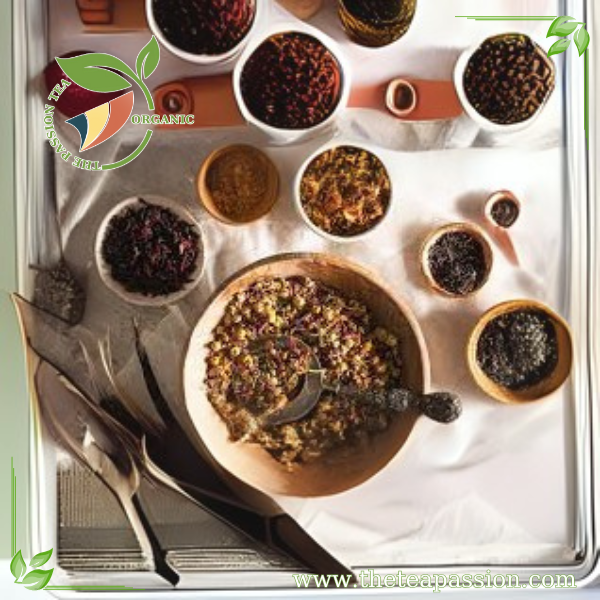
Green Tea: The Overachiever
Let’s talk about green tea, the teacher’s pet of the tea world. If teas were students in a classroom, green tea would sit front row, raise its hand for every question, and remind the teacher about homework. Packed with antioxidants like catechins, green tea is hailed for its ability to fight free radicals (basically tiny troublemakers in your body). Traditional Asian medicine swears by green tea for everything from improving digestion to boosting brain function.
In Japan, matchaa powdered form of green teatakes things up a notch. It’s so potent that drinking it feels like you’re absorbing the essence of an ancient samurai. Matcha ceremonies are practically sacred rituals where people sip slowly and contemplate life’s mysteries. Meanwhile, you’re over here chugging it in your reusable tumbler because you’re late for yoga class.
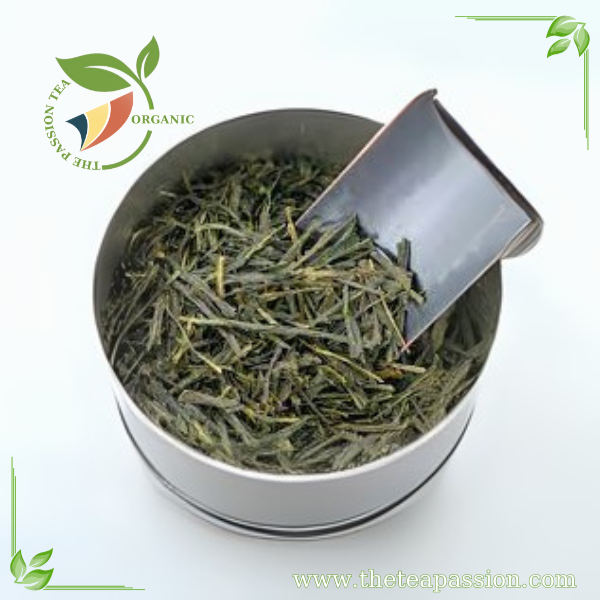
Black Tea: The Reliable Sidekick
If green tea is the overachiever, black tea is the dependable best friend who always shows up with snacks. Black tea is oxidized (fancy word for “let’s leave these leaves out for a bit”) and has a robust flavor that screams sophisticationor at least tries to. In traditional Asian medicine, black tea is often used to improve heart health and circulation. It’s like a warm hug for your blood vessels.
But let’s not forget its role in chaia spiced tea blend that originated in India. Chai is basically black tea’s glow-up moment. Add some cardamom, cinnamon, ginger, and milk, and voilà! You’ve got yourself a drink that feels like a Bollywood dance number happening in your mouth. Traditional Ayurvedic practitioners use chai spices to warm the body and boost immunity. Meanwhile, you’re just happy it pairs well with your morning bagel.
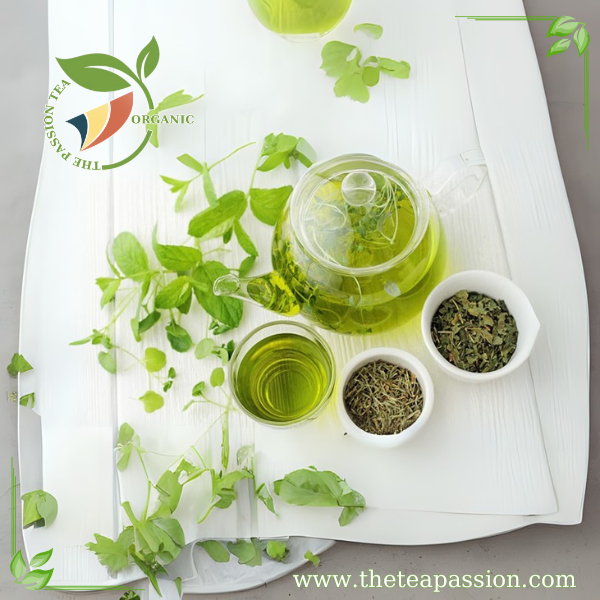
Oolong Tea: The Drama Queen
Oolong tea is like that one friend who’s always reinventing themselves. Is it green? Is it black? It’s both! Oolong is partially oxidized, making it the middle child of the tea familyalways trying to stand out but still overshadowed by its siblings. In traditional Asian medicine, oolong is praised for aiding weight loss and improving skin health. Basically, it’s your go-to if you want to feel fabulous without putting in too much effort.
But let’s be real: oolong tea also has a flair for drama. Its preparation process involves rolling and twisting the leaves into intricate shapes, as if it’s auditioning for Tea Cirque du Soleil. And don’t even get me started on its flavor profileit can range from floral to fruity to smoky, depending on how much attention it got during processing.
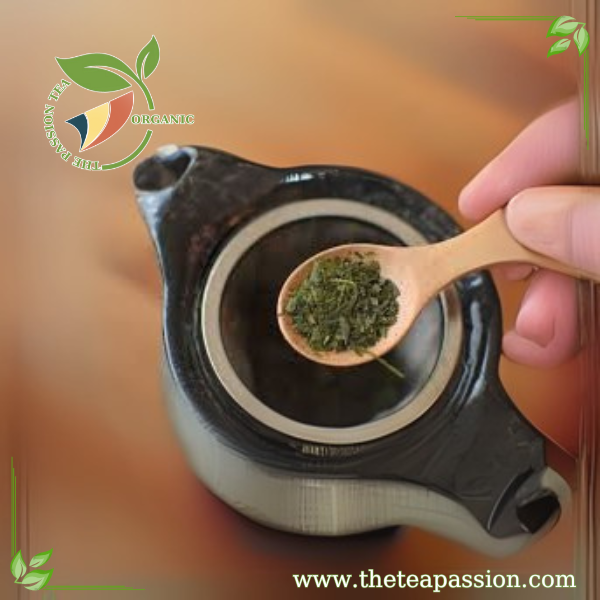
Herbal Teas: The Freelancers
Technically speaking, herbal teas aren’t “real” teas because they don’t come from the Camellia sinensis plant. They’re more like freelance beverages made from herbs, flowers, roots, and spices. But in traditional Asian medicine, herbal teas are treated like rock stars. Got a cold? Ginger tea will punch it in the face. Feeling stressed? Chamomile will whisper sweet nothings to your nervous system. Can’t sleep? Valerian root will knock you out faster than binge-watching documentaries on ancient pottery.
Herbal teas are also big on customization. Traditional practitioners often mix herbs based on your specific needskind of like a bespoke suit but for your insides. Just don’t ask them for a recipe; they’ll probably say something cryptic like “a pinch of this and a dash of that” while staring off into the distance.
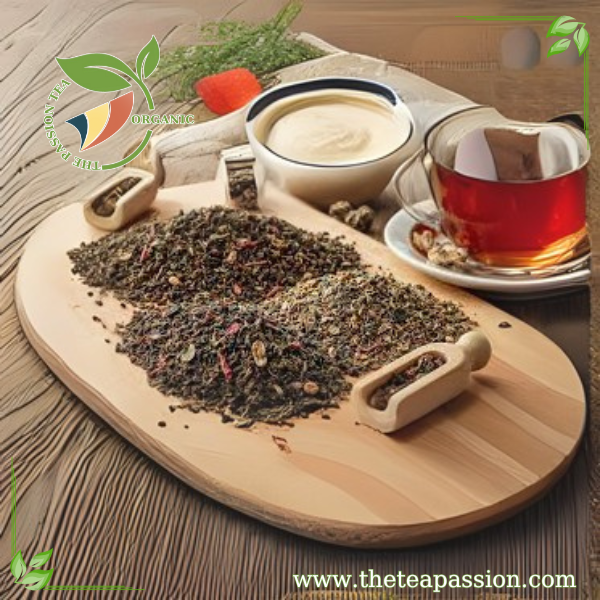
Pu-erh Tea: The Time Traveler
Pu-erh tea is the Benjamin Button of beveragesit gets better with age. This fermented tea from China is stored for years (sometimes decades) before being consumed. Traditional Asian medicine hails pu-erh for its ability to aid digestion and lower cholesterol. It’s basically the probiotic-rich grandparent of the tea world.
Drinking pu-erh feels like stepping into a time machine; every sip carries the weight of history and possibly some questionable storage decisions. Some pu-erh enthusiasts even host tasting parties where they compare vintagesbecause apparently, “tea sommelier” is a real thing now.
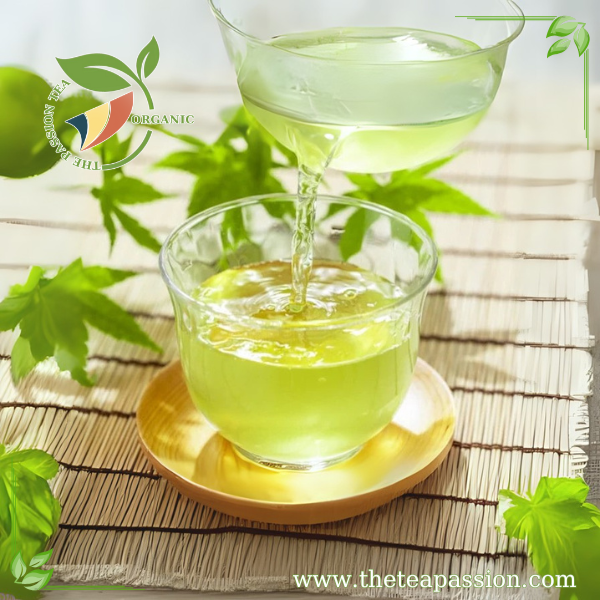
Tea as Therapy
In traditional Asian medicine, tea isn’t just about physical health; it’s also about emotional well-being. Feeling anxious? Sip some calming jasmine tea and imagine you’re frolicking through a field of flowers. Need focus? Try some ginseng tea and pretend you’re channeling ancient warrior energy.
Tea ceremonies in cultures like Japan and China take this therapeutic aspect to the next level. These ceremonies are less about drinking and more about mindfulnesskind of like yoga but without the stretchy pants. Participants focus on every detail: the aroma, the temperature, the sound of pouring water. It’s an art form that turns “having a cuppa” into “achieving enlightenment.”
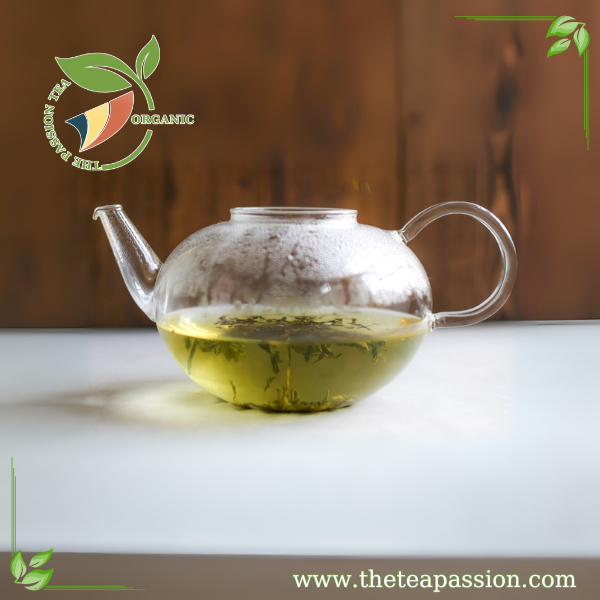
Conclusion: Tea-rrific Medicine
So there you have itthe hilarious yet profound role of tea in traditional Asian medicine. From balancing energies to curing ailments to just being an excuse to sit still for five minutes, tea has earned its status as a wellness icon. Whether you’re sipping green tea to detox or guzzling chai because it tastes amazing, remember that you’re partaking in an ancient tradition that spans continents and centuries.
Now go brew yourself a cup and toast to good healthand maybe throw in a pun for good measure. After all, life’s too short not to leaf it better than you found it!
